California Proposition 35 made sweeping changes to California’s child sex trafficking laws. On November 6, 2012, over ten million people in California voted in favor of the act, making it the most successful ballot in California history. Over 80% of voters voted in favor of Prop 35 and it is easy to see why: increased penalties for traffickers, mandatory law enforcement training, designation of fines from convicted traffickers for victims, and requirement of sex traffickers to register as sex offenders are among some of the changes to California law that were enacted.
Proposition 35 was not met without opposition, however. The American Civil Liberties Union (ACLU) and the Electronic Frontier Foundation (EFF) filed a class action lawsuit on behalf of anonymous sex offenders to prohibit enforcement of a provision which requires buyers of sex with children to register their online identifiers as part of their sex offender registry requirements. Buyers, under Prop 35, would be forced to disclose their internet identities and activities once convicted for an offense against a child. Information about the buyer’s online presence would then be used by the community and law enforcement to protect children against repeat exploitive behaviors.
The Ninth Circuit Court of Appeals in California upheld a lower court’s decision to enjoin the provision regarding registration of buyer’s online identifiers, holding that the provision is an unconstitutional burden on free speech for the sex offender. In making this decision, the court gave greater constitutional weight to the privacy of sex offenders than the protection of children. Complete online privacy and anonymity, in the holding of the court, is a right which even convicted child predators deserve. How did privacy become a more compelling societal interest than protection of children?
Convicted child predators often have their rights taken away by courts. In many states, a buyer on the sex offender registry is forbidden from living within a specified distance from a school or child care agency. Society chooses to establish these restrictions in order to reduce the availability and access to children for child predators. The internet should not be an exception. In an age where nearly everyone has a digital identity, including children, shouldn’t predators be restricted from access to children online? The Ninth Circuit says no, despite inconsistency with federal law.
Convicted criminals forfeit privileges in society because of the decisions they made to exploit the vulnerable in our society. Sex offenders should not be allowed to retain privacy privileges at the cost of the reality of the re-offenders among them using that privacy to contact and exploit more children. Many buyer cases involve a digital interaction using social media or classified websites. If buyers remain anonymous on the internet, they will continue to use these websites to target and approach children.
Protection of the vulnerable in society is among the fundamental roles of government. Privacy cannot be given to convicted criminals at the cost of protecting vulnerable youth from child predators. Upon appeal of this decision, the Supreme Court will have an opportunity to hear this case and undo the damage being done by the injunction from the Ninth Circuit. The urgency and magnitude of the outcome of this battle cannot be overstated.
National change is happening on the state level and buyers are subject to sex offender registration in many states. Increasing pressure on buyers and making sure that they are restricted from access to places where children can be contacted, including the internet, must be a part of a state’s response to child sex trafficking. Learn about how putting buyers on the sex offender registry addresses demand and see how your state stacks up against other states in the fight against demand so you can take action.







